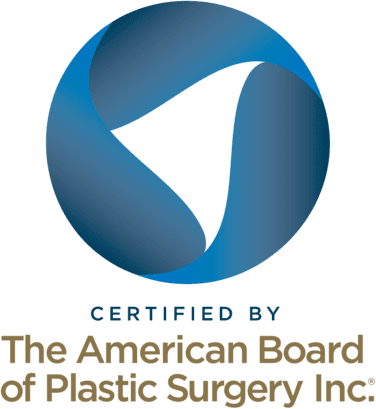Scar Massage: A Comprehensive Guide
Consistent scar massage is possibly the most important component of a patient’s scar care plan when conducted during the first year, and especially during the first three months after surgery. Below we have included precise instructions and tips from our surgeons—such as the use of silicone scar gel–to help you prevent the builup of excess scar tissue (fibrosis), keep the tissue more mobile and prevent any scarring complications, such as hypertrophic scarring or post top surgery pain syndrome. Generally speaking, our surgeons will give patients the green light to begin massaging their scars about 1-2 weeks after the operation: once incisions have fully closed and stitches have either been removed or have dissolved.
Scarring occurs when a protein called collagen forms over an incision as it heals. Many factors determine the healing and appearance of scars such as sun exposure, your age, your diet, your genetics and, in the case of top surgery, your range of motion with your first 6 months post op. It is important to note that the final appearance of your incision lines/scar may not reveal itself entirely until about 12-18 months, which is why
Benefits of Scar Massage
Scar massage is easy to do at home, economical, and has very few side effects. Research is limited, but there is evidence that massage can benefit post-surgical healing. Massaging your scars can also:
- Increase blood circulation to the area and speed the healing process
- Aide in sensitivity
- Relieve pressure on the scar tissue as it removes toxins and excess fluid
- Improve scar elasticity and break up excess collagen
- Gently smooth the tissue along the incision line, getting the tissue to form next to the incision instead of across it
- When combined with topical creams or oils, such as a silicone scar gel, it can be a good way to keep the scar tissue hydrated
Will scar massaging ensure that your surgical results look impeccable? No, but it can significantly improve the appearance and sensation of your scars.
Instructions on How to Massage Your Surgical Scars
Step 1: Rub the scar in a circular motion and with mild pressure to help minimize swelling and drain excess fluids surrounding the scar tissue.
Step 2: Gently rub the surrounding skin in a circular motion to keep your scar flexible and unrestricting. You can do this up to 3 times a day for 5 minutes at a time.
Step 3: Apply pressure to your scar with your finger or thumb and rub in one direction to break up excess collagen and adhesions.
Step 4: Apply lotions or oils when massaging to keep the scar hydrated. When a scar is overly dry, it can break open and cause new sores to form. Be sure to consult your surgeon on what they recommend you use. Our surgeons encourage that patients apply silicone scar gel in particular as it has been clinically proven to help with the healing process. Limited research on other over-the-counter topical treatments such as Arnica revealed limited effectiveness; however, some patients have reported that it helped them a lot.
Tip & Tricks for a Successful Scar Massage
- Start slowly and gently. Massaging too aggressively can actually widen the scar
- Remember to lift the scar from the underlying tissue so that it doesn’t adhere to it. This helps with mobility
- It is normal to feel tenderness and slight discomfort while massaging scars since you are breaking up tissue. If you feel great amounts of discomfort or even pain, stop
- It can help to think of scar massage as an opportunity to aid in recovering skin sensitivity or nerve regeneration and help connect you with a new part of your body
- There’s no one perfect oil or lotion that will help with enhancing scar massaging results. It would be best to consult with your FTM/N top surgeon before purchasing any oils, creams or gels. That said, our surgeons do recommend the usage of silicone scar gel and/or silicone scar strips after massaging.
- Generally, scars will continue to get more pigmented and raised for the first 3 months after surgery, before they begin to soften and fade. This is why we especially recommend that patients give themselves 5 minute scar massages up to 3 times a day.




